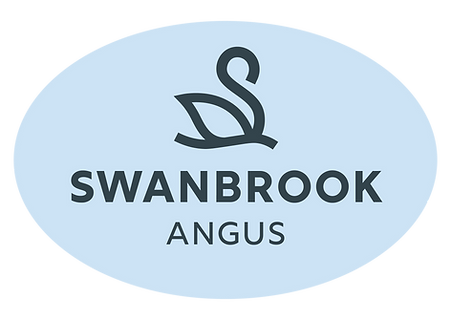
What are you looking for in a bull?
Fertility and Longevity
-
Weaning percentage has a huge impact on profitability - Only after the calf is on the ground then getting the meat on the calf can begin.
-
An empty cow eats nearly as much as a full cow and every empty cow reduces production per hectare.
-
It costs to get a heifer into full production. If a cow remains fertile and fully functional (milking and mobile and eating effectively) for longer, then this adds to profit.
-
Heifers are joined to calve at 2 years old. This ensures early maturity in the herd is maintained. Heifers not in calf are sold regardless of pedigree.
-
Cows must have a worthwhile calf every year to remain in our herd. Where a cow remains until her 12th and 13th year she has proven her fertility, longevity and general merit.
Docility
-
$ MSA pathways can offer better prices - less stress loading and shipping and in the abattoir, means more MSA compliant carcasses. Other grids also penalize for PH and bruising - reduced by docility.
-
$ The labour units required to move a mob can be halved. When no one needs to turn the mob so they won't race past the gate. Gates can be opened and shut as the mob travels paddock to paddock because they wait for the gate to be opened then there is time to close it once they have wandered through. However, it may take longer to get from paddock to paddock.
-
Yard work is less stressful and cattle flow better when in the yards.
-
Crazy cattle are dangerous cattle.
-
Temperament is good or he/she is gone.
Do-ability
-
Softness of cattle and their efficient use of feed ensures they can grow well in normal times and cope well during bad times while females remain fertile.
Milk
-
The function of the cow is to land a live calf each year and feed it to weaning and during feeding get back in calf to calve within 12 months.
-
Her milk has to be sufficient to grow that calf well.
-
Milk should not be so excessive that it compromises her ability to cycle and calve that next year.
Carcass
-
Carcass properties required to meet market requirements are targeted and measured by scanning both sale bulls and replacement heifers.
-
Marbling. IMF
-
Muscling. EMA
-
Fat Cover - p8 and rump
-
Yield expectation is calculated within the EBVs from the above EMA and fat measurements.
Structure
-
Structure of animals impact on longevity: feet, leg set, mouth, udder, pelvis, spine, etc
-
Bulls must be able to function in their serving role. Undesirable leg set reduces their skeletal durability and leads to early break down
-
Pelvic structure of cows can reduce their ability to calve unaided. Heifers that have calving difficulty at 2 years old are culled.
-
Feet problems are shown up early on our black soils. If allowed to persist feet issues impact on longevity and durability in feedlot conditions.
Growth
-
Cattle need to make market weight specifications as soon as possible to maximize profit.
-
By performance measurement superior animals are selected and growth is improved over generations.
Balance
-
We do not select for single traits but aim for a complete package
-
High growth - but limit mature cow weight and maintain cow fertility.
-
Marbling - and maintain structure muscling and growth
-
Milk needs to come with fertility
-
Fat levels are needed for carcass cover in the abattoir yet not be excessive to reduce yield. The ability of cows to have reserves for times of drought also requires some fat. Moderate fat levels are balance.
-
Many superior cattle are closely related. When planning mating, while seeking traits in bulls to complement cows we also seek to minimize inbreeding which maximizes within breed hybrid vigour.




